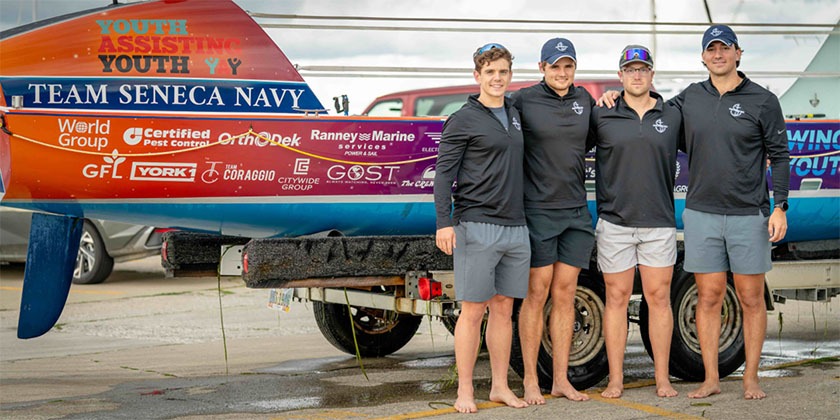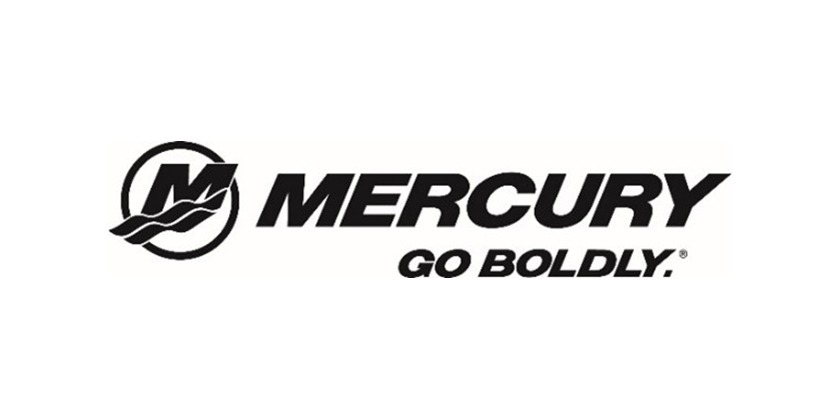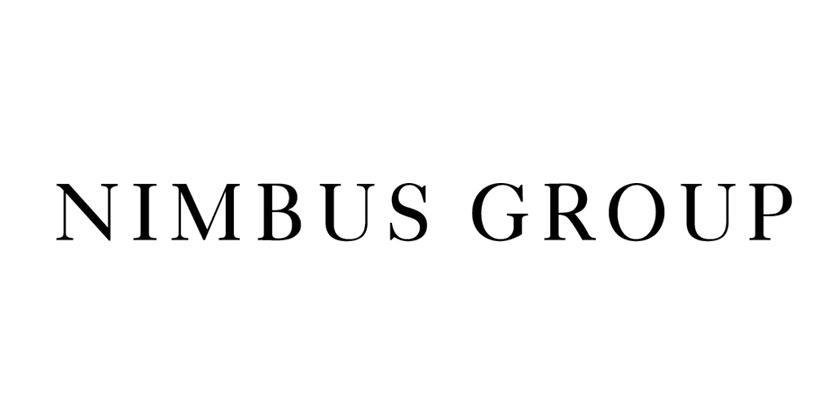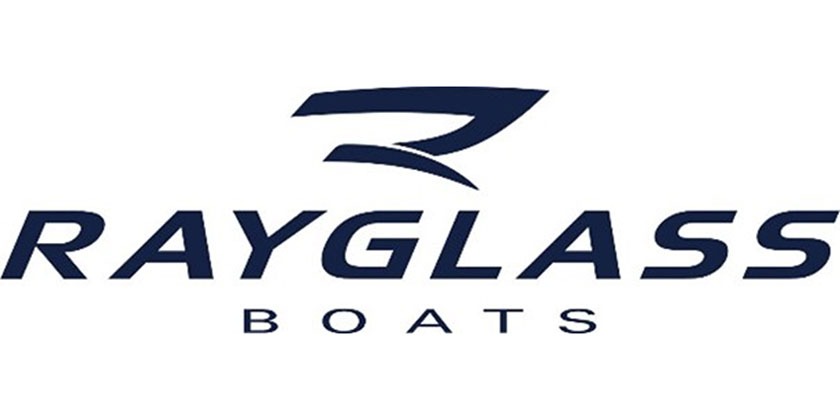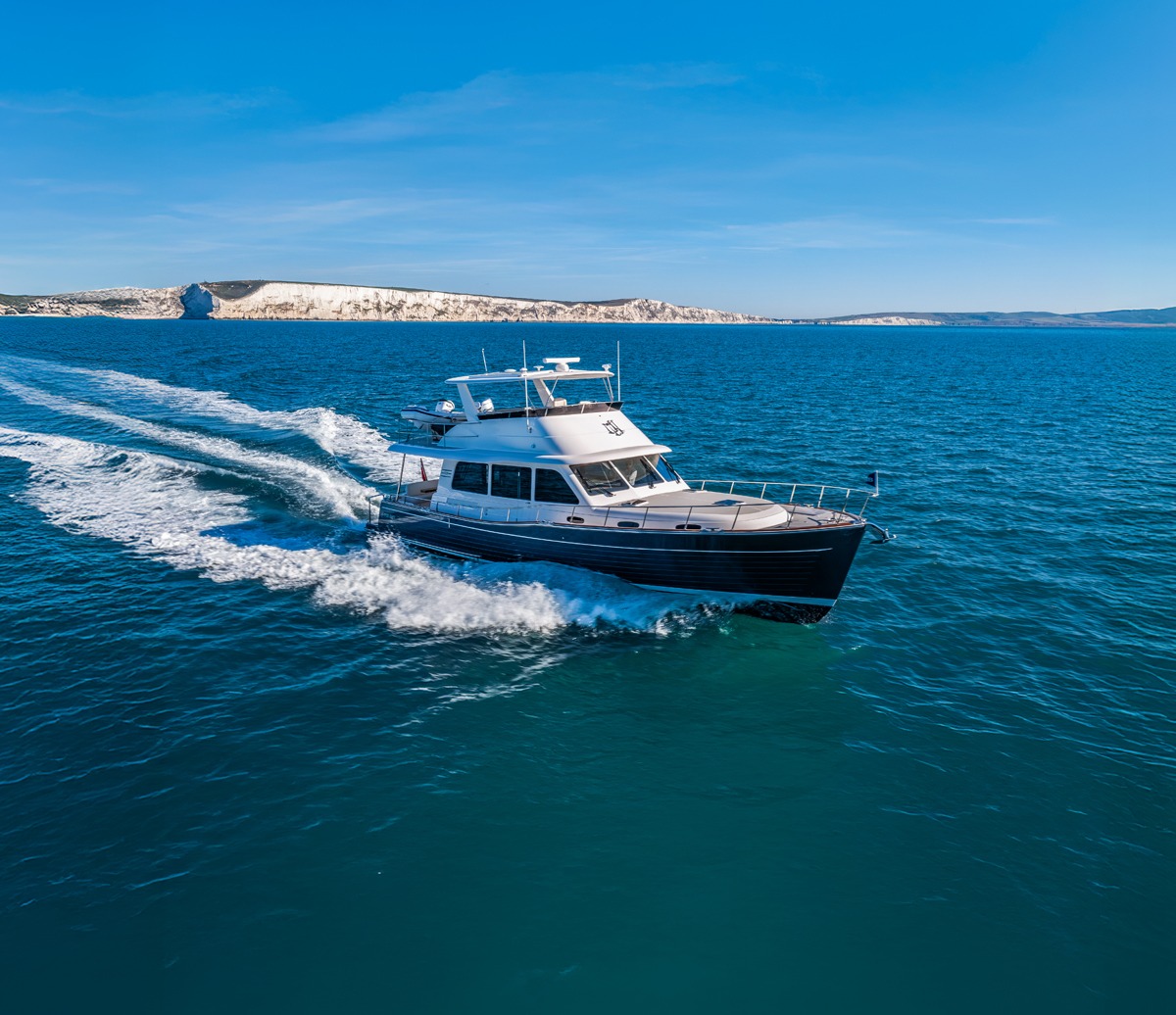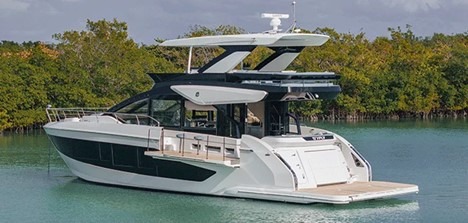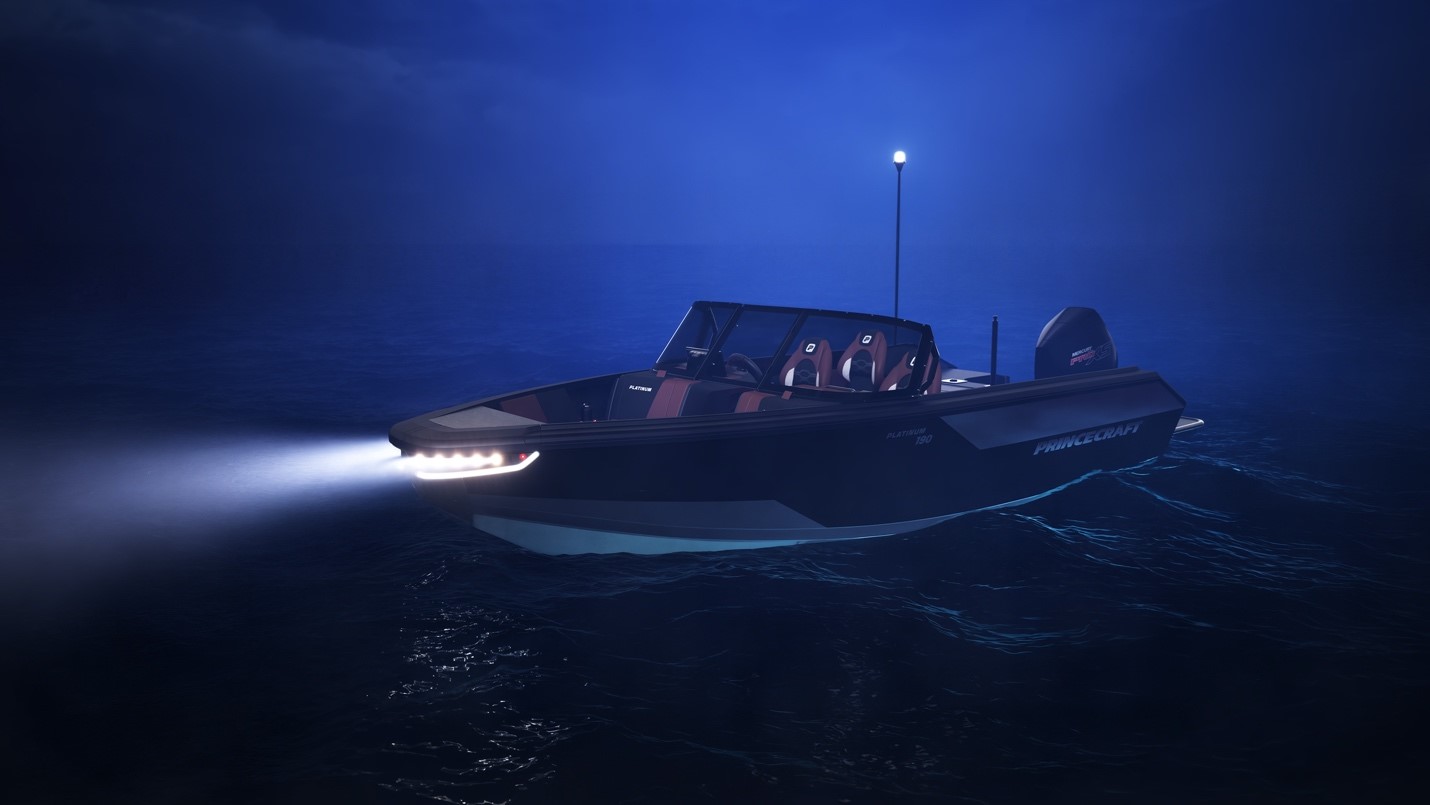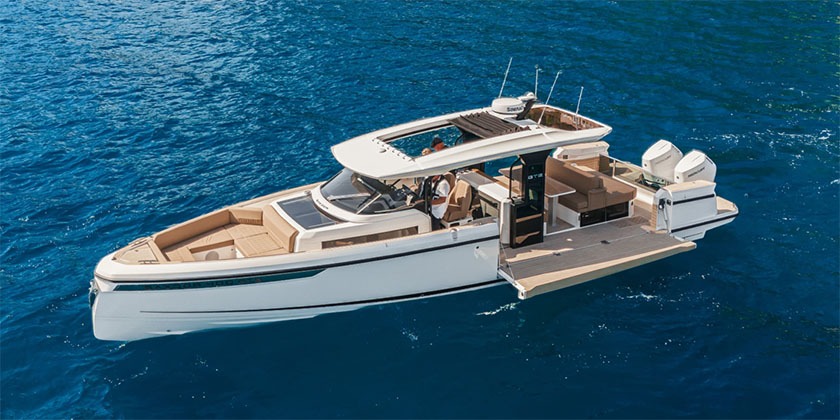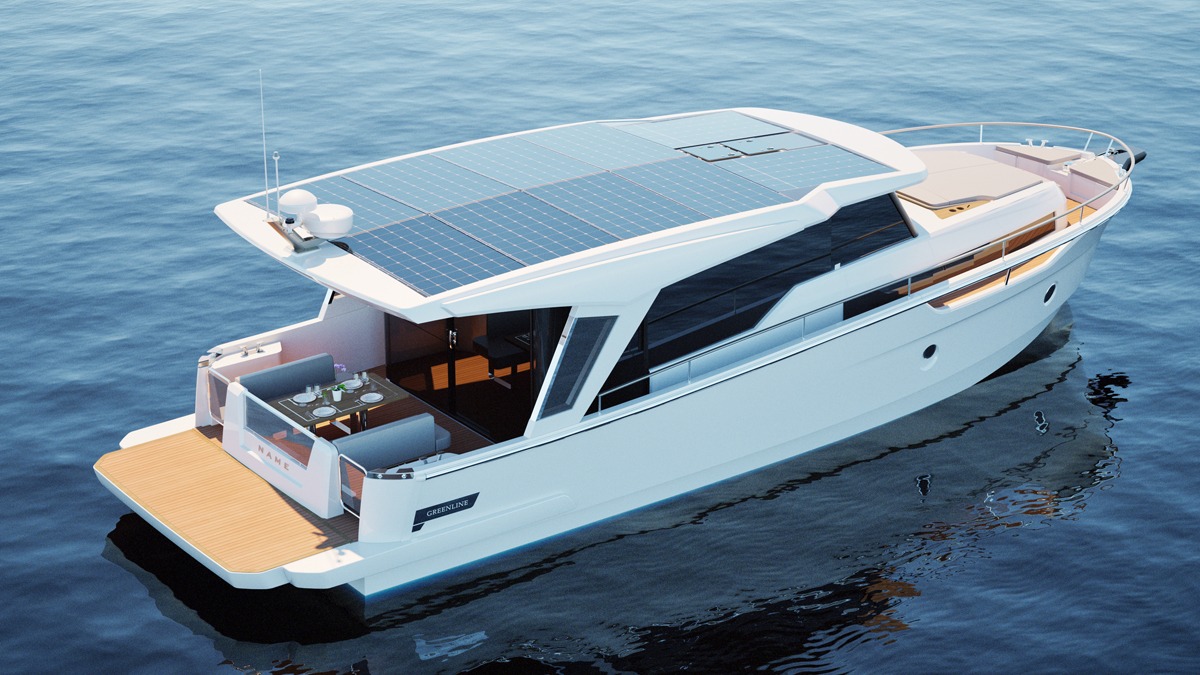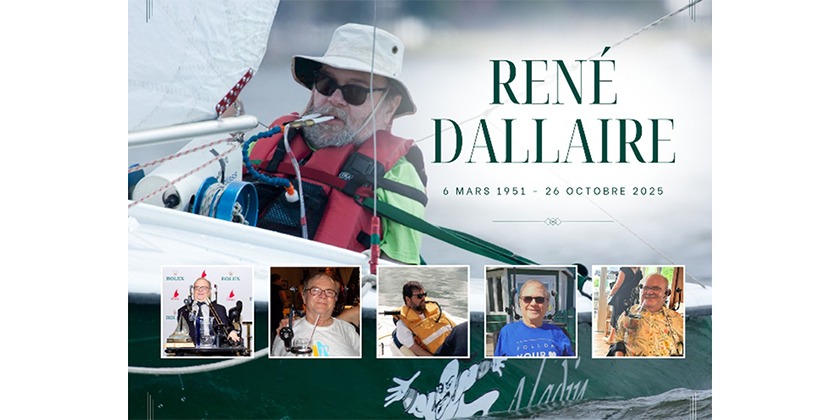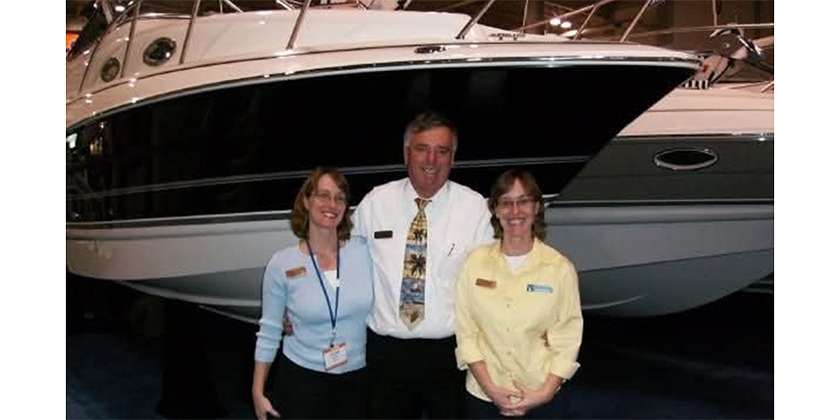VIDEO: HOW TO PREPARE BOAT SHRINK WRAP FOR RECYCLING IN 6 EASY STEPS
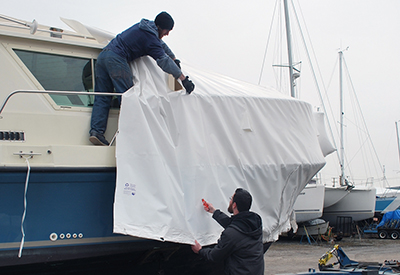
May 7, 2019
A new video from Ohio Clean Marinas Program shows how to prepare boat shrink wrap for recycling (credit: Heather Sheets).
We thought that this video from the Ohio Clean Marinas Program was valuable to share. It came to us at Boating Industry Canada from BoatUS and it shows how anyone can recycle their boat’s winter shrink wrap.
{videobox}https://youtu.be/Lc4EudRPcI0{/videobox}
With recreational boats now waking up from their long winter’s nap and their protective shrink wrap covers coming off prior to spring launch, a new video from the Ohio Clean Marinas Program shows boaters everywhere how to prepare boat shrink wrap for recycling in six easy steps.
Essentially plastic, shrink wrap is an effective winter cover, but when disposed of in landfills, it can take hundreds of years to degrade. The BoatUS Foundation for Boating Safety and Clean Water says boaters can learn from Ohio’s new video to help easily manage their own vessel’s shrink wrap recycling. Each vessel yields about 25 to 35 pounds of shrink wrap. Since 2006, the Buckeye State’s recycling program has kept 2.3 million pounds of low-density polyethylene shrink wrap out of landfills, with much of the material being turned into highway guardrail spacer blocks, among other items.
Here are step-by-step instructions on how to properly prepare boat shrink wrap for recycling:
• Start at the bottom: Cut and remove all bellybands at the bottom of the shrink wrap. Bellybands are the strapping that runs under the hull that keeps the shrink wrap from lifting off the boat.
• Make four cuts: Starting at the stern, make a vertical cut on the edge of the shrink wrap cover about 6 inches tall, which will loosen the bottom perimeter of the wrap. Continue to make three more vertical cuts on the perimeter at port and starboard midships and at the bow. You should now have four cuts.
• Pull out the nylon: Remove the four pieces of nylon perimeter banding from the sleeve at the bottom perimeter of the shrink wrap.
• Cut up, gently: Working from the stern to the bow, begin cutting up the wrap into smaller sizes for removal. Start about 6- to 8 feet up and make a downward vertical cut on the boat’s centerline toward the bottom of the stern, being careful to not make contact with the boat. Then, moving forward on both sides of the boat, make additional cuts to remove the wrap in reasonably-sized pieces.
• Think clean, clean, clean: As the pieces of shrink wrap come off the boat, be careful not to contaminate them with dirt, oil, stones or other contaminants. It’s very important that all nylon strapping, banding, buckles, plastic vents, door zippers or any other materials attached to the wrap are removed and disposed of separately. If, by chance, you’ve patched your wrap with a tape that can’t be removed, cut that portion out and dispose of it separately.
• Roll and dispose: Roll up the pieces of shrink wrap so they can be easily managed by recyclers. You can cut off a long narrow piece of wrap (sometimes called “film”) to tie up the bundles – but again, use only shrink wrap material to do this; avoid twine, duct tape or rope. Next, place the bundles in your marina, yard or boat club’s designated shrink wrap recycling area and you’re done!
To find out how to recycle shrink wrap in your area, check out your local Clean Marina program or marine trades association. Shrink wrap manufacturer Dr. Shrink also offers a REBAG shrink wrap recycling kit for $45 that contains a 30- by 50-inch clear bag with cover-removal directions printed on it, a closure device for the bag and a prepaid FedEx shipping label. The kit can recycle the wrap from a 26-foot power boat, or approximately 600 square feet.
The Ohio Clean Marinas Program is a proactive partnership among the Ohio Sea Grant College Program, Ohio Department of Natural Resources, Lake Erie Marine Trades Association, and other public and private sector partners.
Boaters wanting to do more for the environment this summer can take a free, online BoatUS Foundation Clean Boating Course.

